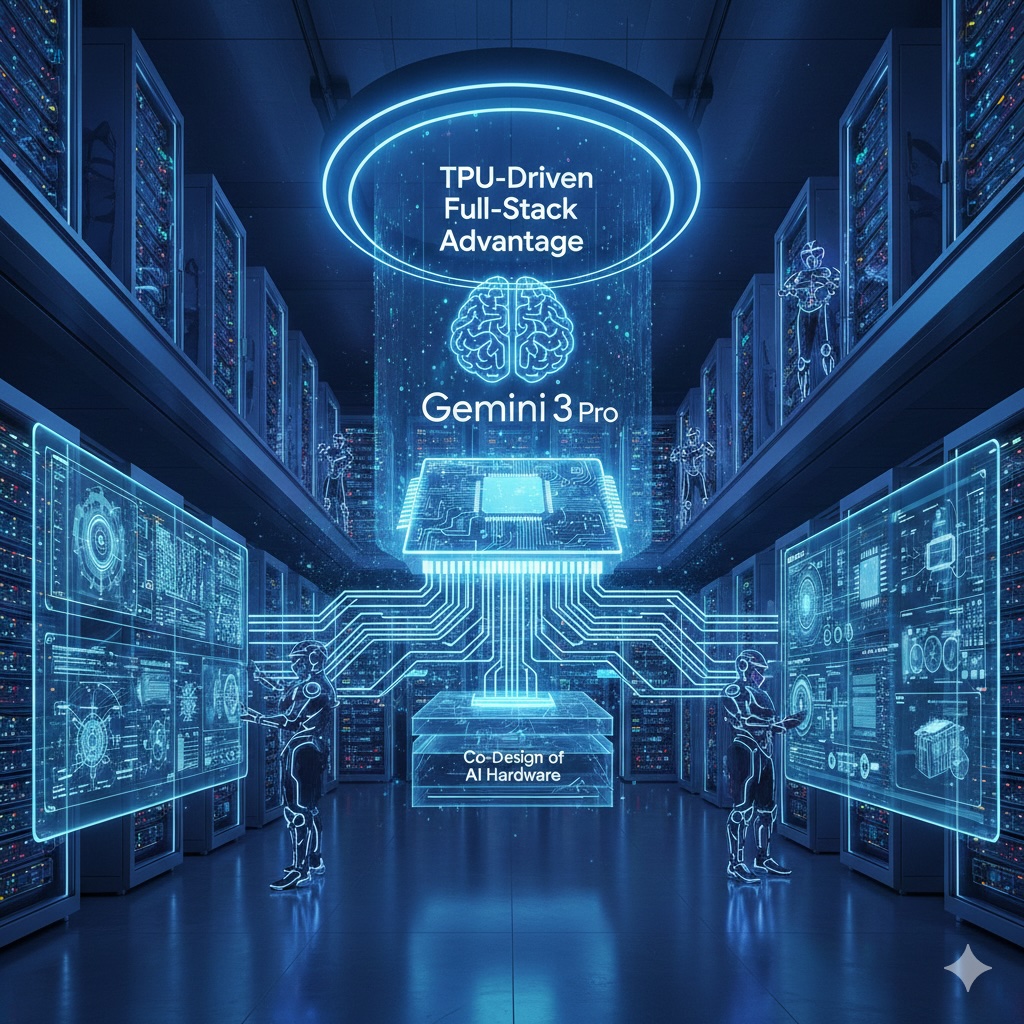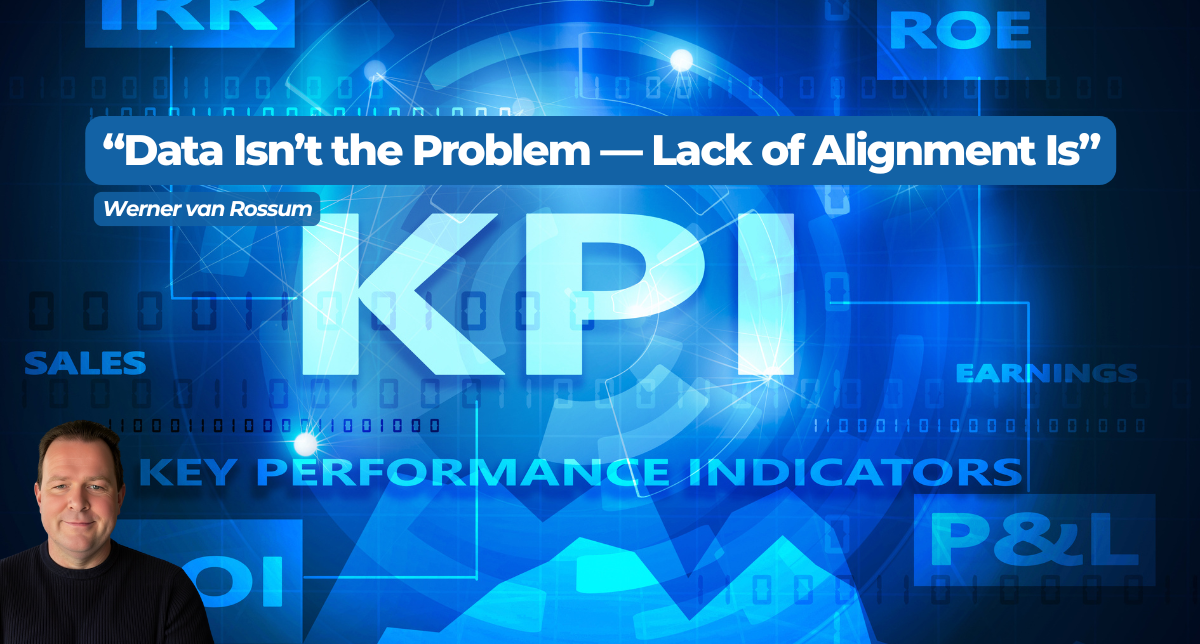Nov22

The colossal demand for specialized computing power defines the modern era of artificial intelligence. Historically, hardware constraints limited the ambition of neural networks; today, the capabilities of state-of-the-art Large Language Models (LLMs) are a direct measure of the infrastructure on which they are trained. This convergence of algorithmic sophistication and raw compute has driven a high-stakes technological race, culminating in Google’s deep investment in its custom silicon. The launch of Gemini 3 Pro represents the pinnacle of this decades-long strategy: a natively multimodal model whose superior intelligence and groundbreaking performance are rooted in a deeply integrated, full-stack co-design. This analysis, proven by a live code execution environment running the gemini-3-pro-preview On a specialized Tensor Processing Unit (TPU v6 lite), it demonstrates how hardware-software synergy unlocks frontier performance in complex reasoning, native multimodality, and agentic coding.
Google's strategic reliance on TPUs began years before Gemini, establishing a clear lineage of foundation models built on this custom silicon. This vertical integration provided the necessary compute at massive scale, powering successive generations of AI breakthroughs:
T5, LaMDA, and PaLM: These influential LLMs, including the dense PaLM 540B model trained on massive TPU v4 Pods (up to 6,144 chips), proved the efficiency and scalability of the TPU architecture for large-scale language model pre-training.
Gemini Family (1.0, 2.5, 3 Pro/Flash): The current generation, built on the sparse Mixture-of-Experts (MoE) architecture, was trained on the newest TPUs (v5e, v5p, and Trillium), underscoring Google's control over the foundational AI layer.
The intelligence of Gemini 3 Pro is inseparable from its hardware. Unlike models relying on general-purpose GPUs, Gemini 3 Pro was trained exclusively on Google’s custom Tensor Processing Units (TPUs). This provides a crucial full-stack advantage: engineering the model architecture, the compiler, and the hardware together for efficiency.
Specifically, Gemini 3 Pro uses a sparse Mixture-of-Experts (MoE) architecture that dramatically scales capacity without proportionally increasing per-token computation. The immense scale and high-communication demands of MoE models require specialized networking. Google's TPU architecture, with its high-speed Inter-Chip Interconnect (ICI) and massive TPU Pods, is perfectly tailored to handle this sparse computation, enabling:
Efficiency at Scale: TPUs address the memory-bound challenges of MoE models, enabling high-intelligence models to train cost-effectively.
Performance: The inference model (gemini-3-pro-preview) running on a smaller accelerator like the TPU v6 lite retains the high-speed, low-latency performance essential for real-time applications.
The exclusive use of TPUs for training establishes the hardware as a non-trivial enabler of the model’s unique capabilities.
The resulting capabilities, tested within the inference environment, prove the success of this co-design. The model demonstrated:
Complex Reasoning: Generating a time-constrained travel itinerary that balances four conflicting constraints (time, budget, interests, luggage) requires deep, multi-step planning.
Native Multimodality: Analyzing the Cybertruck image by fusing visual data with external text knowledge (the production milestone) to provide a single, cohesive explanation.
Agentic Coding: Successfully performing "vibe coding"—generating a complete, styled HTML/CSS/JavaScript web application from a natural language request.
Ultimately, Gemini 3 Pro marks a shift in the landscape of artificial intelligence. Its demonstrated excellence is the inevitable outcome of Google’s strategic vertical integration. By co-designing the MoE model architecture with its custom TPU hardware—from the massive training pods to the inference-optimized TPU v6 lite accelerators—Google has established a new standard for efficiency and capability. The full-stack approach minimizes operational costs and optimizes the model for its exact hardware. Moving forward, the race for frontier AI will be defined by the ability to control and co-engineer the entire hardware-software ecosystem, positioning the seamless deployment of Gemini 3 Pro on a dedicated TPU as the blueprint for the next generation of scalable, intelligent systems.
Keywords: Predictive Analytics, Generative AI, Agentic AI
 Data Isn’t the Problem. Alignment Is.
Data Isn’t the Problem. Alignment Is. Friday’s Change Reflection Quote - Leadership of Change - Change Leaders Challenge Prevailing Assumptions
Friday’s Change Reflection Quote - Leadership of Change - Change Leaders Challenge Prevailing Assumptions The Corix Partners Friday Reading List - December 12, 2025
The Corix Partners Friday Reading List - December 12, 2025 Measuring the True ROI of Automated Claims Processes: Beyond Speed and Cost
Measuring the True ROI of Automated Claims Processes: Beyond Speed and Cost The New Silicon Frontier: Specialization and the Diverse Landscape of AI Chips
The New Silicon Frontier: Specialization and the Diverse Landscape of AI Chips